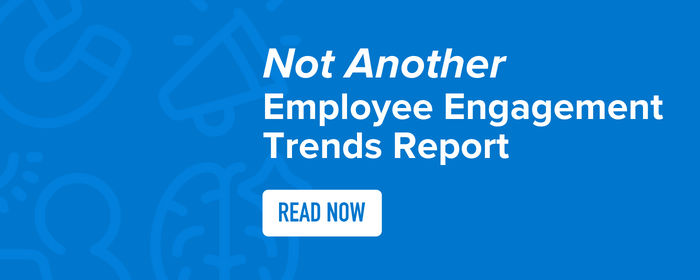Employee Success: What It Is & How to Unlock it in Your Organization
When it comes to what matters at work, it seems leaders and workers are not on the same page these days. For the first time in years, the Edelman Trust Barometer reported a decline in the trust of the CEO.
Leaders are worried about decreased productivity as economists warn of a potential recession. They're focusing more on employee performance and tightening budgets to weather economic challenges. Some are trying to compel reluctant employees to return to the office.
At the same time, employees have new expectations about work following the pandemic. They are prioritizing factors like flexibility, professional development, and compensation. They have felt more empowered than ever in recent years and are not eager to revert to the way things were.
And the job market is giving employees freedom to focus on their individual needs and preferences. There are nearly two job openings available per job seeker in the United States, according to the U.S. Bureau of Labor Statistics.
Many HR leaders feel stuck in the middle of this divide. It may seem challenging to bridge this gap in expectations between leaders and employees. But HR leaders don't need to pick sides. Instead of battling over which objectives are most important, there's a better way.
HR can help leaders and workers focus on one single ambition that will help everyone win in the workplace: employee success.
What is employee success?
Employee success is a holistic and highly strategic approach to business success. It captures the essential connection between three key elements: employee experience, employee impact, and organizational magnetism.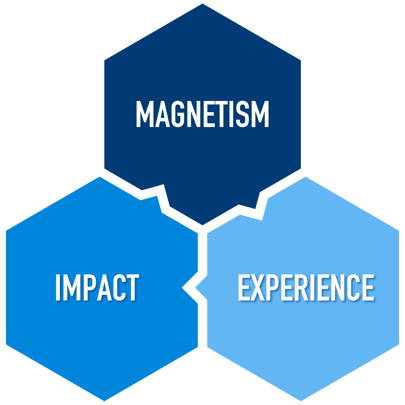
Experience.
Everyone in the organization should commit to the ongoing work of creating an engaging employee experience. This isn't about fancy perks and ping pong tables. It's about creating a strong connection between employees and their work, team, and organization. It's about listening, validating, and making changes.
Impact.
Leaders want employees to perform their best to maximize business results. Employees want meaningful work that challenges them. They also want a clear understanding of their performance—and the opportunity to grow and advance. Everyone plays a part in inspiring employee impact through engaging performance practices.
Magnetism.
Your talent is your organization's biggest lever for success. You need to create a culture that draws employees into your organization—and makes them want to stay. This means building a compelling employer brand and employee value proposition. And aligning both to the day-to-day reality of your company. It means understanding what drives retention and making meaningful changes to move the needle.
Why is employee success important?
Many organizations look at experience, impact, and magnetism in siloes. They treat them as three separate concepts, sometimes even assigning them to separate leaders and teams. But all these components are inextricably linked. Experience, impact, and magnetism must all work together to boost employee and business success.
A great employee experience leads to greater employee impact. 81% of business executives agree that engaged employees perform better. And a sense of purpose and accomplishment are key drivers of employee experience. When employees are engaged and performing well, your culture becomes increasingly magnetic. Employees love what they do and where they work—and they tell people about it. It becomes much easier to attract and retain the best talent in your industry.
Experience: Creating an engaging employee experience.
To increase employee engagement, you need a holistic approach to employee listening. Sometimes we think we know what concerns and motivates our workforce, but what we think doesn’t always align with reality. An intentional employee listening strategy includes important components: understand, validate, and improve.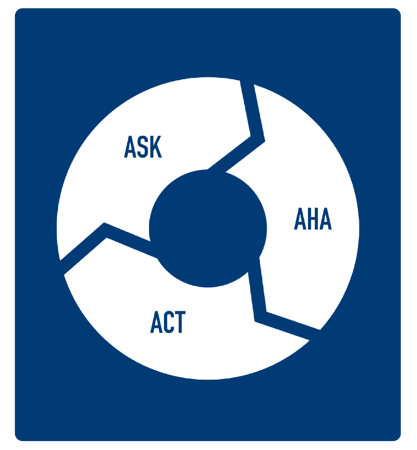
Understand (Ask)
First, you need to find ways to capture meaningful and actionable feedback from employees. And not just in your annual engagement survey, although that’s a great place to start. You want to aim at creating a culture of feedback, where employees don’t wait for a survey to share input. Feedback should be part of how you operate.
Validate (Aha!)
Use the feedback you gather as data for decision making. Analyze what is working, what is not, and what matters most to engagement at your organization. Don’t just look at the big picture. Try to understand what is happening in various pockets of the organization by slicing and dicing your data across departments, teams, demographics, locations, and more.
Improve (Act)
After you’ve validated the realities of what’s happening in your organization, it’s time to act. And action should be owned by everyone, not just HR. Get managers involved in identifying areas of improvement and working with their teams to build action plans. Focus on continuous improvement, keeping the concept of engagement top of mind all year long.
Impact: Inspiring employee impact.
Many organizations concerned about productivity are measuring against data and assumptions entrenched in the past. But there’s a right and wrong way to drive performance. Leaders must focus on building an engaging approach to performance that truly inspires impact. Here are the top drivers of employee engagement, related to performance management: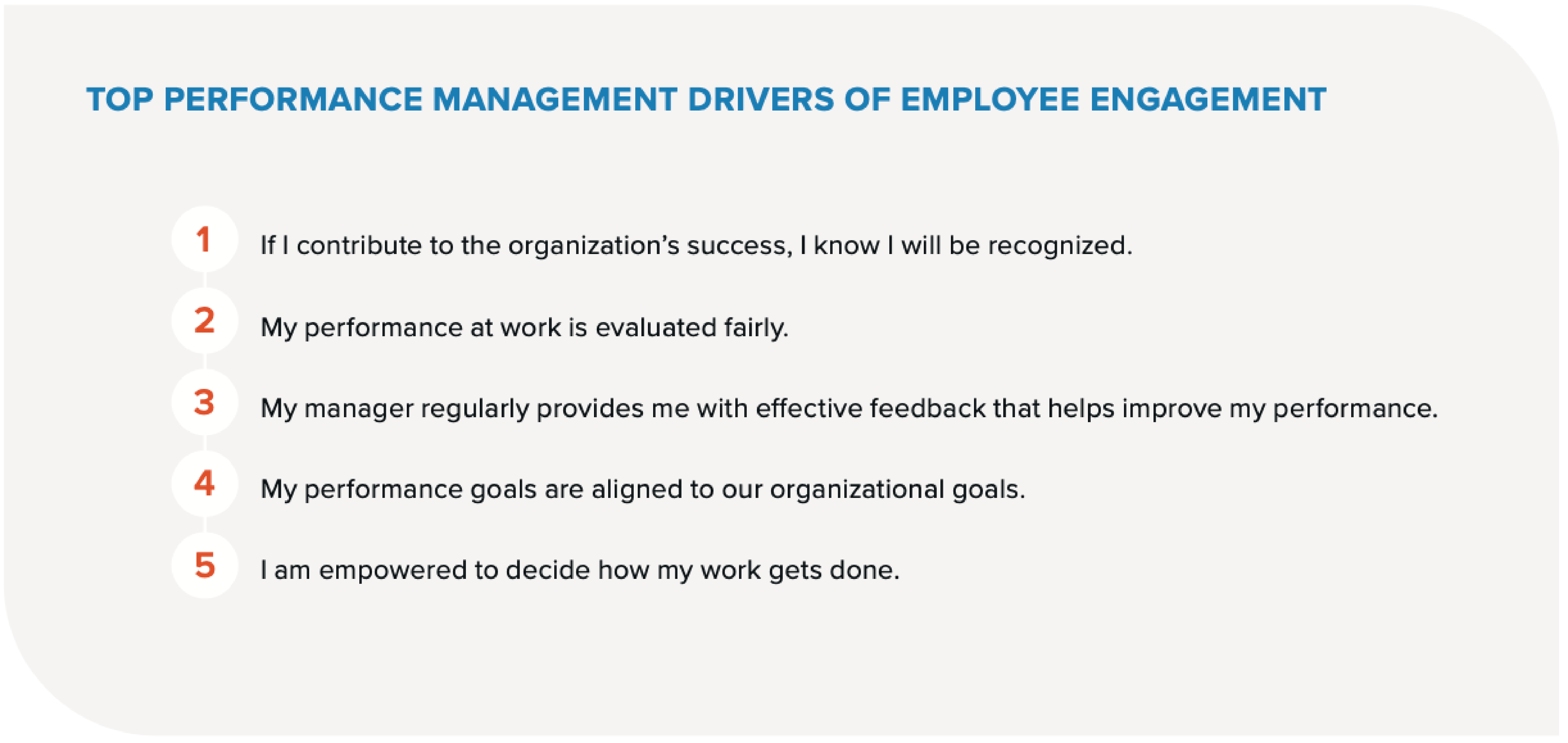
Use these drivers as the foundation for your performance management practices. And don’t forget to bring employees into the process. Employees don’t want to feel like performance management is happening to them.
Employees should be a critical part of your performance management initiatives through shared goal setting, multidirectional feedback, and continuous conversations on performance and career growth.
It should also be easy for your teams to adopt and navigate your performance processes and tools. If your processes are cumbersome and your technology (or lack thereof) is clunky, your managers and employees are not going to participate. Focus on activities that help them get value out of the process and integrate as much as you can into their daily workflows.
Magnetism: Building a magnetic culture.
The realities of constant change over the past few years have impacted workplace culture. Most employees say their cultures have changed—some drastically. Leaders will need to keep a pulse on culture to ensure they are shaping culture to their advantage.
While most leaders agree that a strong culture is key to business success, many have different ideas about what culture really is. This lack of clarity makes it difficult to make meaningful change.
Culture is about how you get things done. It’s about the day-to-day happenings at your organization, including how people behave, celebrate, communicate, make decisions, and reward and recognize employees.
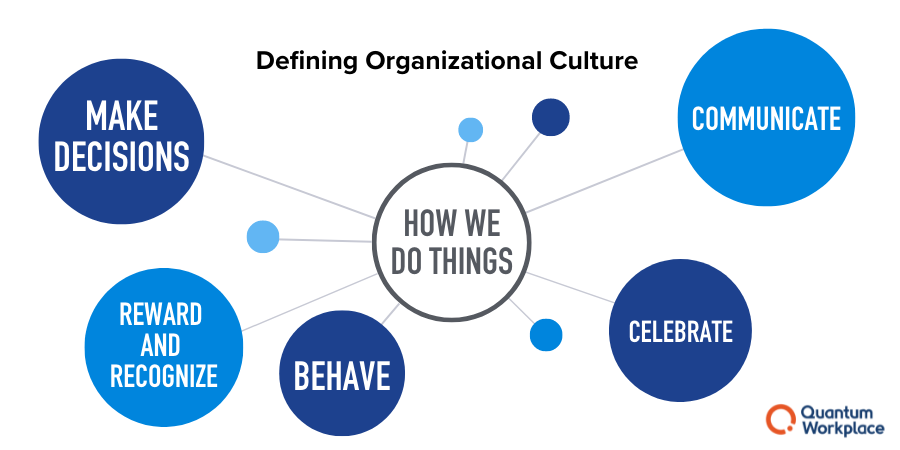
When it comes to creating a magnetic culture, that means prioritizing retention and how it connects to your culture. Despite the news of large-scale layoffs, the U.S. remains in a labor shortage.
Filling open roles and retaining your best talent are especially challenging when labor market conditions are tight. And while many senior leaders (62%) say employee retention is a top priority, they also admit their retention strategies are “not very effective.”
The best thing an organization can do to combat unwanted turnover? Fuel your retention strategy with employee feedback.
Employees know better than anyone else what might be causing people to leave. Many will share their feedback and ideas if you ask them to.
Moving forward with a mindset of employee success
Let employee success be your rally cry in 2023 and beyond. It is people who will help your organization remain stable in turbulent times. And it is people who will help you come out stronger on the other side. As leaders, we must shape the organization to navigate the good times and the bad. We must rely on our people.
Uncover the meaning behind key employee success trends from over 1 million voices collected from the Best Places to Work contest. Our employee engagement trends report contains original research and expert insights to help your organization thrive in an ever-changing business landscape.




